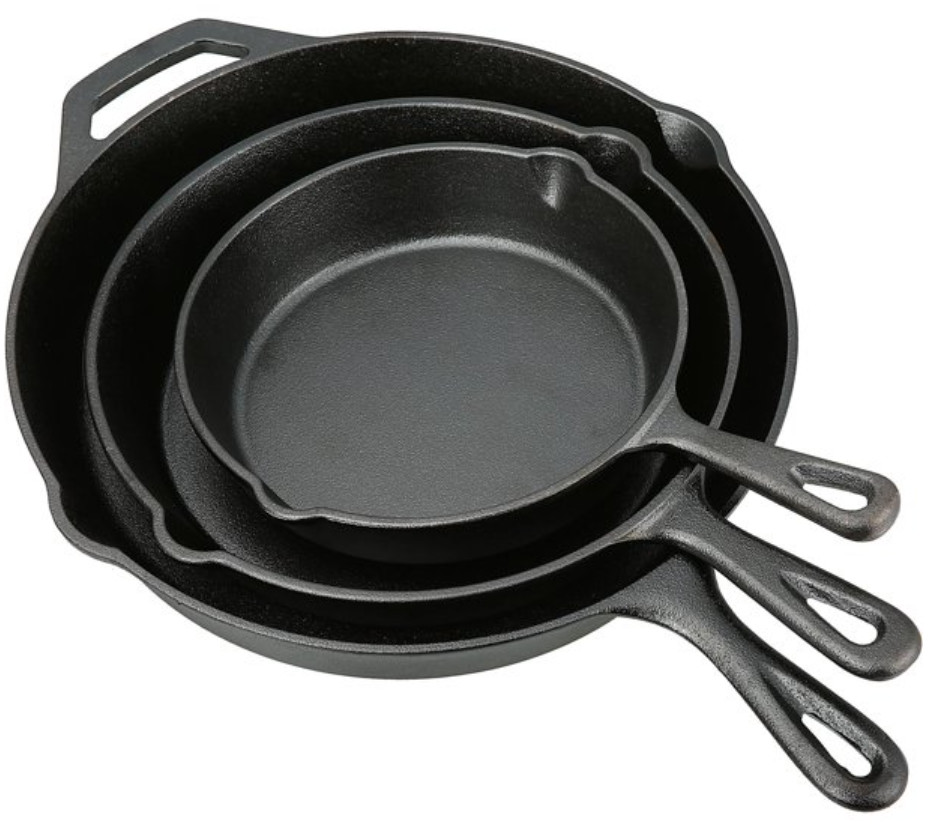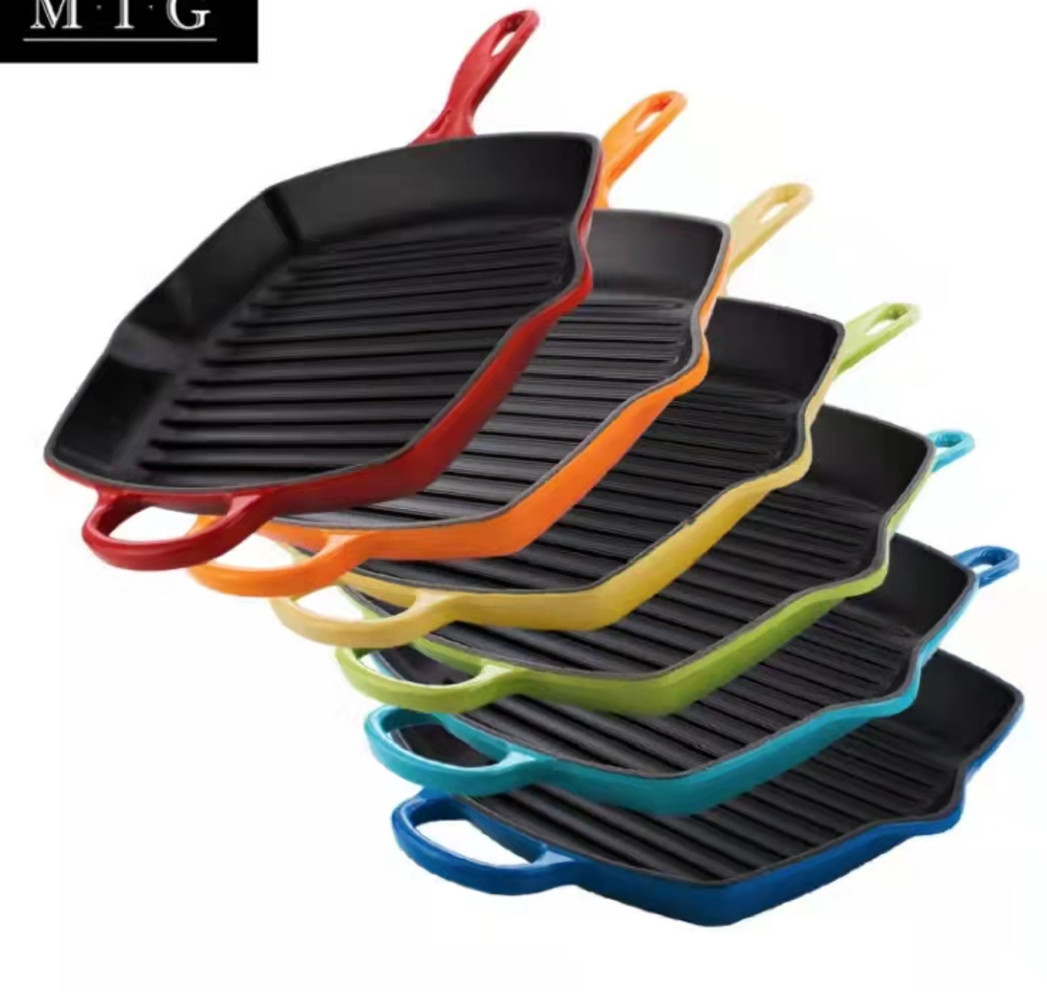- 150 m zuidwaarts, West DingWei Road, Nanlou Village, Changan Town, GaoCheng Area, Shijiazhuang, Hebei, China
- monica@foundryasia.com
jun . 12, 2023 18:48 Terug naar lijst
WAT IS GIETIJZEREN KOOKGEREI
Wat is gietijzeren kookgerei:
Gietijzeren kookgerei is zwaar kookgerei dat is gemaakt van gietijzer en wordt gewaardeerd om zijn warmtebehoud, duurzaamheid, het vermogen om te worden gebruikt bij zeer hoge temperaturen en antiaanbaklaag als het op de juiste manier is gekruid.
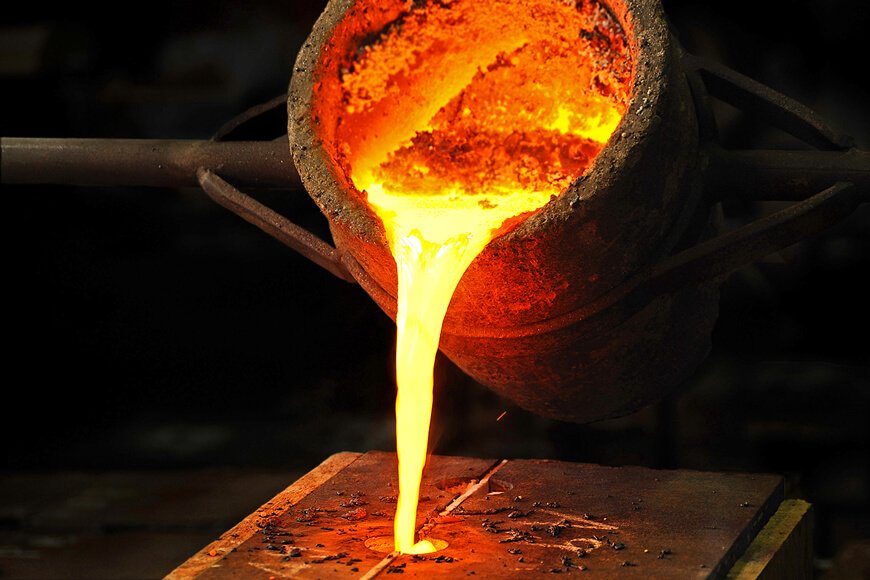
Geschiedenis van gietijzeren kookgerei
In Asia, particularly China, India, Korea and Japan, there is a long history of cooking with cast iron vessels. The first mention of a cast-iron kettle in English appeared in 679 or 680, though this wasn't the first use of metal vessels for cooking. The term pot came into use in 1180. Both terms referred to a vessel capable of withstanding the direct heat of a fire. Cast-iron cauldrons and cooking pots were valued as kitchen items for their durability and their ability to retain heat evenly, thus improving the quality of cooked meals.
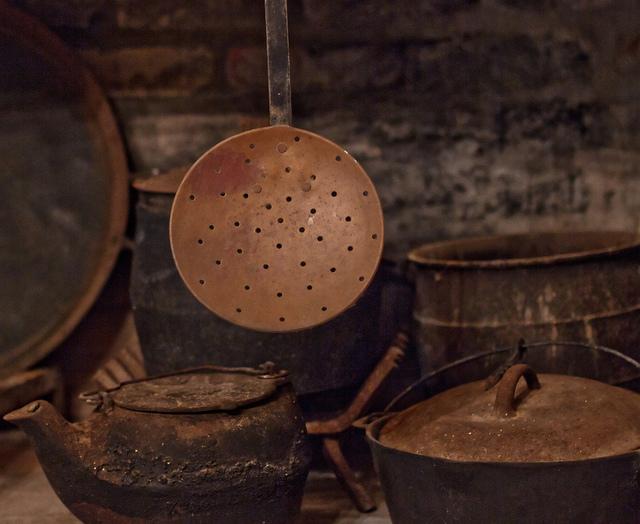
In Europa en de Verenigde Staten werden vóór de introductie van het keukenfornuis in het midden van de 19e eeuw maaltijden gekookt in de haard, en kookpotten en pannen waren ontworpen voor gebruik in de haard of om erin te hangen.
Cast-iron pots were made with handles to allow them to be hung over a fire, or with legs so that they could stand in the coals. In addition to Dutch ovens with three or four feet, which Abraham Darby I secured a patent in 1708 to produce, a commonly used cast-iron cooking pan called a spider had a handle and three legs allowing it to stand upright over campfires as well as in the coals and ashes of a fireplace.
Kookpotten en pannen met pootloze, platte bodems kwamen in gebruik toen fornuizen populair werden; in deze periode van de late 19e eeuw werd de flat geïntroduceerd
cast-iron skillet.
Gietijzeren kookgerei was vooral populair onder huisvrouwen in de eerste helft van de 20e eeuw. Het was een goedkoop, maar toch duurzaam kookgerei. De meeste Amerikaanse huishoudens hadden minstens één gietijzeren kookpan.
In de 20e eeuw werd ook geëmailleerd gietijzeren kookgerei geïntroduceerd en populair gemaakt.
Today, of the large selection of cookware that can be purchased from kitchen suppliers, cast iron comprises only a small fraction. However, the durability and reliability of cast iron as a cooking tool has ensured its survival. Cast-iron pots and pans from the 19th and 20th century continue to see daily use to the present day. They are also highly sought after by antique collectors and dealers. Cast iron has also seen a resurgence of its popularity in specialty markets. Through cooking shows, celebrity chefs have brought renewed attention to traditional cooking methods, especially the use of cast iron.
Essentiële producten
Soorten gietijzeren kookgerei zijn braadpannen, braadpannen, bakplaten, wafelijzers, paninipers, friteuses, woks, fondu en potjies.
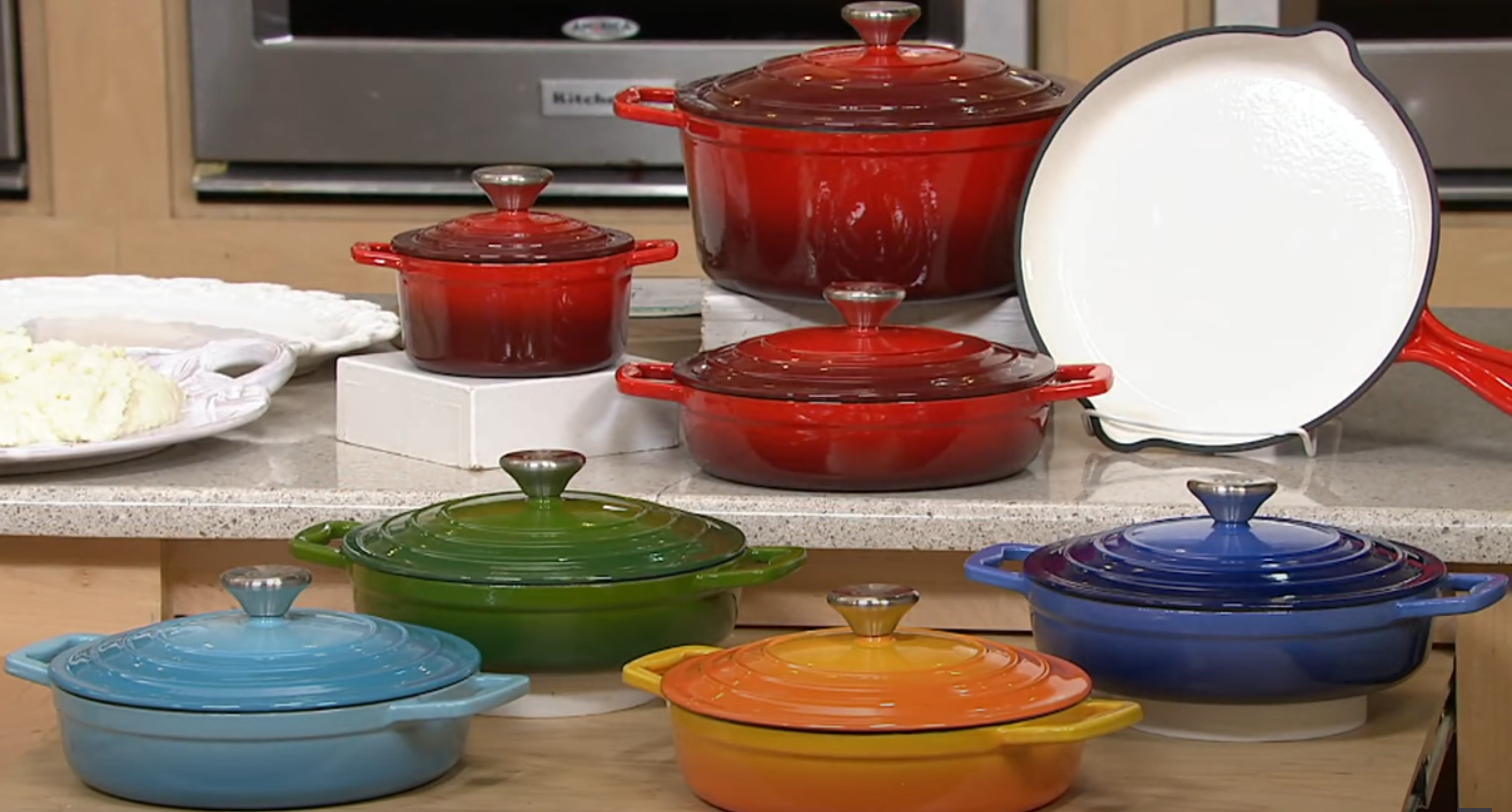
Voordelen van gietijzeren kookgerei
Cast iron's ability to withstand and maintain very high cooking temperatures makes it a common choice for searing or frying, and its excellent heat retention makes it a good option for long-cooking stews or braised dishes.
Because cast-iron skillets can develop a "non-stick" surface when cared for properly, they are excellent for frying potatoes or preparing stir-fries. Some cooks consider cast iron a good choice for egg dishes, while others feel the iron adds an off-flavor to eggs. Other uses of cast-iron pans include baking, for instance for making cornbread, cobblers and cakes.
Many recipes call for the use of a cast-iron skillet or pot, especially so that the dish can be initially seared or fried on the stovetop then transferred into the oven, pan and all, to finish baking. Likewise, cast-iron skillets can double as baking dishes. This differs from many other cooking pots, which have varying components that may be damaged by the excessive temperatures of 400 °F (204 °C) or more.
-
Product introduction of Changan Cast Iron Co., LTD
NieuwsJan.24,2024
-
The Impact of the Leidenfrost Effect on Non-Stick Properties of Cast Iron Titanium Coated Cookware
NieuwsJan.24,2024
-
Onderzoek naar de culinaire kloof: gietijzeren ovenschotels versus gewone ovenschotels
Nieuws03 januari 2024
-
Verpakkingswerkplaats heringericht met rekken en 3D-opslag voor goederen
Nieuws29 december 2023
-
Het reinigen van een gebruikte gietijzeren geëmailleerde pot kan effectief worden gedaan met de volgende stappen:
Nieuws27 december 2023
-
Metallografische structuur voor email op gietijzer
Nieuws27 december 2023
